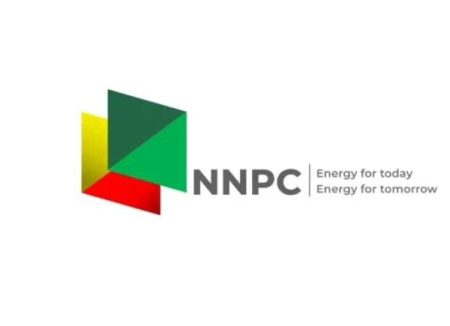Combating Health Misinformation in Nigeria: A Grassroots-Driven Approach
Nigeria, like many nations, grapples with the pervasive challenge of health misinformation, a phenomenon that significantly impedes public health initiatives and erodes trust in healthcare systems. While conventional, top-down communication strategies have been employed to combat this issue, they often fall short, particularly in reaching rural and underserved communities. Adeola Mobolaji, a PhD researcher in health communication at Purdue University, advocates for a paradigm shift, emphasizing the crucial role of grassroots-driven strategies in effectively countering misinformation and fostering community health literacy. His research underscores the importance of understanding the underlying reasons for misinformation’s persistence and tailoring communication approaches to resonate with local contexts and address specific community needs.
Mobolaji argues that health misinformation in Nigeria is not merely a product of ignorance but a complex manifestation of systemic issues, including poverty, limited access to quality healthcare, and a deep-seated distrust in institutions. These factors create a fertile ground for misinformation to thrive as individuals seek alternative explanations for their health concerns and navigate the healthcare system with limited resources and confidence. Simply disseminating correct information through conventional channels fails to address these underlying issues and often proves ineffective in changing behavior or beliefs. Instead, Mobolaji proposes a community-centred approach that prioritizes building trust and empowering local communities to actively participate in health communication processes.
The cornerstone of this grassroots approach is the engagement of trusted local figures, such as community health workers (CHWs), religious leaders, and grassroots volunteers, as key communicators. These individuals possess an intimate understanding of local cultures, values, and belief systems, enabling them to effectively tailor health messages and build rapport with community members. Their credibility within their communities lends weight to their pronouncements on health issues, making them far more effective than distant, impersonal sources of information. The familiarity and accessibility of these trusted figures foster a sense of community ownership and agency in health-related matters. CHWs, in particular, have a demonstrably positive impact in a variety of public health areas, including maternal health promotion and disease eradication efforts, due to their close proximity and emotional connection with the communities they serve.
Furthermore, Mobolaji highlights the effectiveness of localized storytelling methods, including indigenous language radio shows, community theatre, and the use of proverbs, in disseminating accurate health information and dispelling myths. These culturally relevant approaches resonate with community members in ways that conventional, often impersonal, communication methods cannot. Radio programmes, for instance, provide an accessible platform for interactive discussions and call-in sessions, allowing individuals to voice their concerns and receive direct responses from trusted experts. Community theatre offers a tangible and engaging way to convey complex health information through relatable stories and characters, facilitating deeper understanding and recall. By utilizing familiar cultural forms, these methods break down barriers to understanding and create a sense of shared experience.
However, Mobolaji cautions that the effectiveness and sustainability of these grassroots strategies hinge on robust institutional support. This includes substantial investments by the government and international partners in CHW training, the development of strong partnerships with grassroots NGOs, and policies that prioritize community feedback and actively integrate it into national health communication planning. A collaborative and synergistic approach, involving all stakeholders, is essential for ensuring that community voices are heard, respected, and actively incorporated into health promotion strategies. This requires a fundamental shift in perspective, moving away from treating communities as passive recipients of information and recognizing them as equal partners in the pursuit of improved health outcomes.
Mobolaji’s call for a participatory engagement model emphasizes the importance of empowering communities to actively participate in defining their health priorities and shaping communication strategies. By fostering open dialogue, active engagement, and collaborative decision-making, communities become key stakeholders in their own health journey. This approach fosters a sense of ownership and responsibility, thereby increasing the likelihood of positive behavioural changes and improved health outcomes. Ultimately, this collaborative partnership benefits all stakeholders, fostering a more equitable and effective approach to public health promotion.
In conclusion, combating health misinformation in Nigeria requires a shift from top-down, conventional approaches to a grassroots-driven model that prioritizes community engagement, trust-building, and culturally relevant communication strategies. By investing in CHW networks, empowering local leaders, utilizing storytelling techniques, and fostering genuine partnerships with communities, Nigeria can begin to effectively address the complex challenge of health misinformation and pave the way for a healthier and more informed populace. This transformative approach requires a commitment to listening to and valuing community perspectives, recognizing that communities are not merely targets of information but invaluable resources, educators, advisors, and leaders in the ongoing effort to improve public health.














